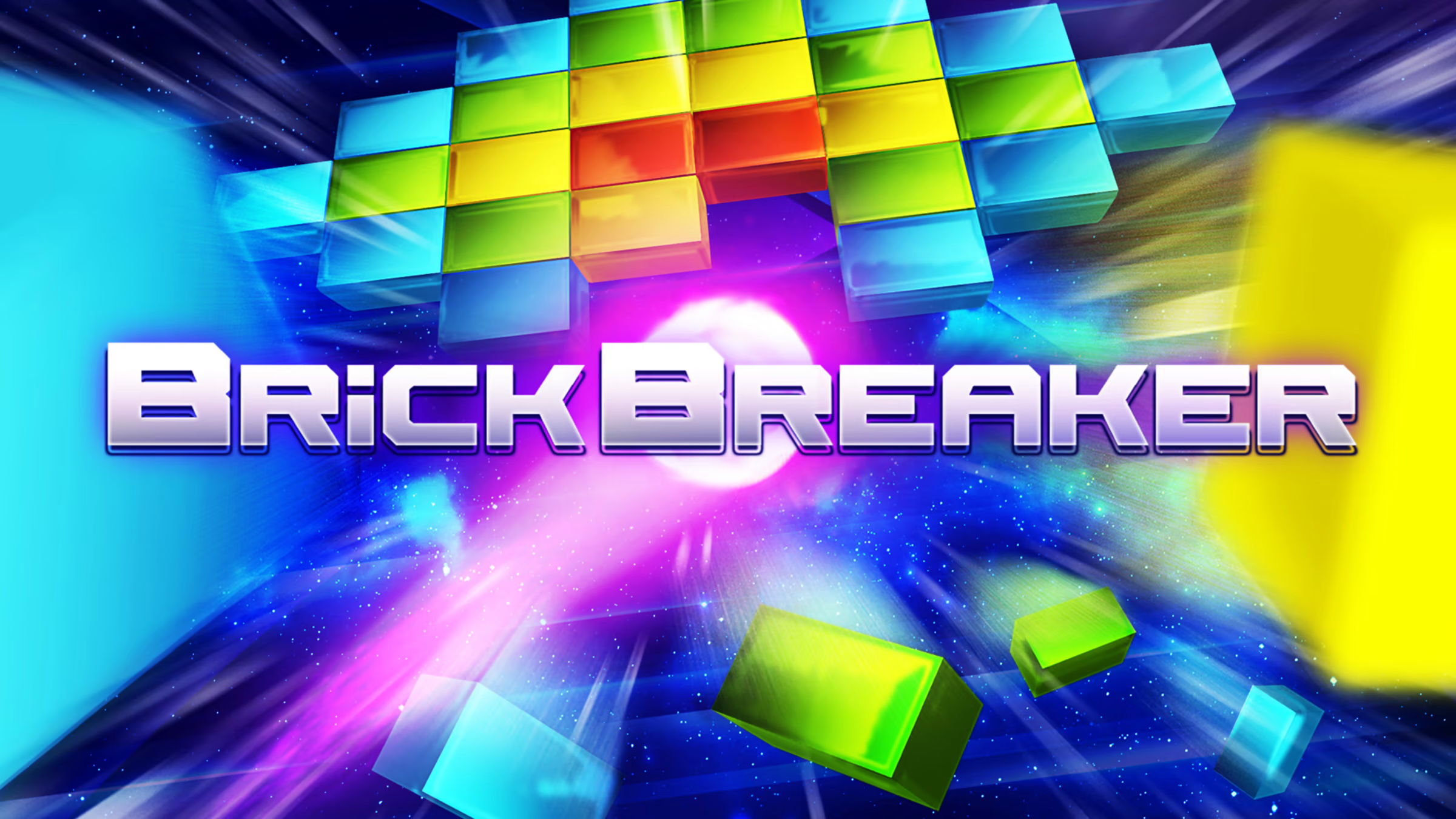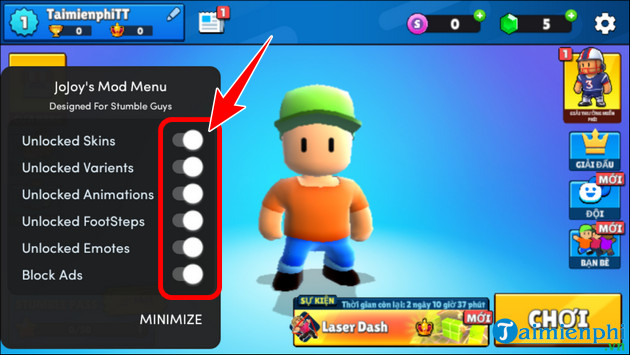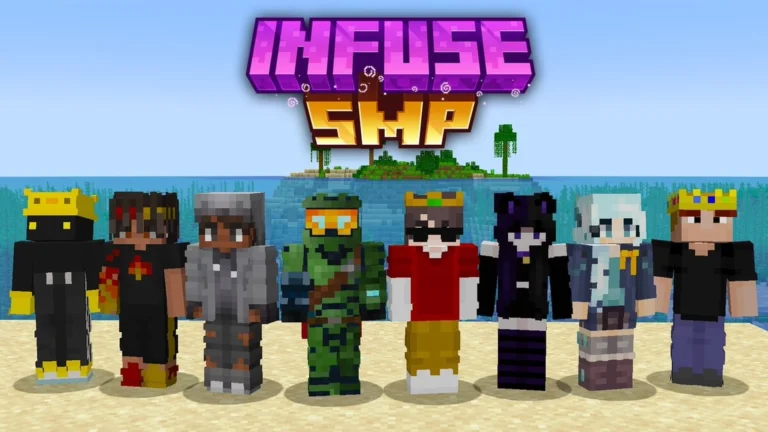
Brick Breaker
Introduction to Brick Breaker
If you’ve ever owned an early mobile phone, especially a BlackBerry, chances are you’ve come across Brick Breaker at least once. For many people, this simple yet addictive game was more than just a pastime; it became a cultural icon. Unlike modern gaming apps that flood your screen with flashy graphics, in-app purchases, and complex storylines, Brick Breaker offered pure, straightforward fun. Its premise was incredibly simple—use a paddle to bounce a ball and break bricks—but the execution was addictive enough to keep players glued for hours.
What made Brick Breaker so appealing wasn’t just its simplicity, but also the fact that it struck the perfect balance between challenge and reward. The game required quick reflexes, hand-eye coordination, and patience. Each level introduced different brick patterns, forcing players to adjust their strategies. And of course, the deeper you went, the more nerve-wracking it became. Dropping the ball meant starting over, and for many, that small paddle was both a source of joy and frustration.
Today, Brick Breaker isn’t just remembered as a mobile game. It’s celebrated as a digital classic that bridged the gap between early arcade titles and modern smartphone gaming. To truly appreciate its legacy, we need to explore its origins, mechanics, and why it continues to hold nostalgic value even in a world of high-tech gaming.
The Origins of Brick Breaker
The roots of Brick Breaker can actually be traced back decades before BlackBerry popularized it. The concept was heavily inspired by Breakout, an arcade game released by Atari in 1976. Breakout was designed by Nolan Bushnell and Steve Bristow, with Steve Wozniak—who later co-founded Apple—playing a key role in its development. The idea was simple yet revolutionary for the time: a paddle at the bottom of the screen bounced a ball to break colored bricks at the top.
Breakout itself was an evolution of Pong, which was one of the first widely successful arcade games. Pong featured two paddles and a ball in a tennis-like setup, but Breakout took that formula and made it a solo challenge. Instead of playing against another person, the player faced off against rows of bricks that had to be destroyed. This gave the game a more goal-oriented approach, and the satisfaction of clearing the screen was incredibly rewarding.
By the time BlackBerry devices became mainstream in the late 1990s and early 2000s, the mobile gaming scene was still in its infancy. Snake was dominating Nokia phones, but BlackBerry users had something different—Brick Breaker. It was essentially a simplified version of Breakout, but it quickly became synonymous with BlackBerry itself. Business executives, students, and casual users alike would sneak in games during commutes, meetings, and downtime. In many ways, Brick Breaker was the mobile equivalent of solitaire on desktop computers.
The Gameplay Mechanics
At first glance, Brick Breaker doesn’t seem complicated. A paddle sits at the bottom of the screen, and a ball bounces around breaking bricks. But once you dive into it, you realize just how well-designed the mechanics are.
The paddle is your main control, and your job is to prevent the ball from falling. Missing it means losing a life, and once you run out, it’s game over. The ball’s trajectory changes depending on where it hits the paddle, so precision matters. A slight miscalculation can send the ball flying in the wrong direction, leaving stubborn bricks untouched. This introduces a level of strategy—players often aim the ball in specific ways to maximize their chances of clearing levels efficiently.
Another exciting feature of Brick Breaker is the power-ups. Certain bricks drop bonuses like multi-ball, laser cannons, or paddle expanders. These upgrades can be lifesavers, but sometimes they come with risks. For example, grabbing a power-up at the wrong time might make you miss the ball. The unpredictability of these bonuses keeps players on their toes.
The levels themselves are progressively challenging. Some bricks take multiple hits to break, while others are indestructible, forcing you to think creatively. The pacing is brilliant—it starts off easy, letting you get comfortable, then gradually ramps up the difficulty until every move feels like a test of skill and patience.
Why Brick Breaker Was So Addictive
Addiction in gaming often comes from a mix of simplicity, challenge, and reward. Brick Breaker nailed this formula. The rules were easy to understand, but mastering the game was another story. Every level cleared felt like an achievement, and the pursuit of a high score made it irresistible.
One of the biggest draws was its “just one more try” nature. You could fail at level 15, put your phone down in frustration, and then pick it back up a few minutes later determined to beat it. The game punished mistakes, but it never felt unfair. Instead, it encouraged players to sharpen their skills and try again.
Additionally, the competitive element played a role. Before leaderboards and online gaming became the norm, Brick Breaker created its own form of rivalry. Friends, coworkers, and even family members compared scores. Having the highest score in your circle was a badge of honor, and people would go to extreme lengths just to prove they were the ultimate Brick Breaker champion.
The BlackBerry Connection
While the game existed in other forms, it was its inclusion on BlackBerry devices that truly made Brick Breaker a household name. BlackBerry was primarily seen as a business phone, geared toward professionals who needed email and productivity tools on the go. But hidden among the serious features was this addictive little game.
Executives would play Brick Breaker during boring meetings, students would sneak it in between classes, and commuters relied on it to pass the time. It became such a part of BlackBerry culture that some people admitted they bought the phone just for the game. This crossover appeal—between serious work and casual entertainment—gave Brick Breaker a unique identity.
As BlackBerry’s popularity grew, so did the game’s reputation. Articles were written about its addictiveness, and forums buzzed with strategies to achieve higher scores. In many ways, Brick Breaker became the face of early mobile gaming for professionals, much like Snake was for everyday mobile users.
Evolution of Brick Breaker Over the Years
Like any successful game, Brick Breaker didn’t stay in one form. Over the years, new versions and remakes appeared on various platforms. Enhanced graphics, new levels, and creative power-ups kept the formula fresh while staying true to its roots.
On smartphones, developers launched updated versions that included touch controls, modern visuals, and even multiplayer modes. Some versions incorporated themes and challenges, making the gameplay more dynamic. Others experimented with physics-based mechanics, adding extra layers of complexity.
Yet despite these upgrades, many fans still preferred the original. There was something about its minimalist design that made it timeless. You didn’t need flashy visuals to enjoy it—just a paddle, a ball, and bricks waiting to be shattered.
The Legacy of Brick Breaker
Brick Breaker may not dominate app stores today, but its influence is undeniable. It paved the way for casual mobile gaming, proving that simple games could captivate millions. Without it, we might not have seen the same success for other addictive mobile titles like Angry Birds, Flappy Bird, or Candy Crush.
Beyond its impact on gaming, Brick Breaker also became a cultural reference. It symbolized the early days of mobile entertainment, when phones were just beginning to double as gaming devices. For BlackBerry users, it was more than a game—it was part of the identity of owning the device.
Even today, there are online communities and fan-made versions of Brick Breaker. It remains a favorite for people seeking nostalgia, as well as for new players curious about the classics. Its staying power proves that good gameplay will always outshine trends and graphics.
Why People Still Play Brick Breaker Today
In an era where gaming has reached cinematic levels with open worlds, VR, and advanced graphics, it’s surprising how many people still enjoy simple titles like Brick Breaker. But the reason is clear—sometimes, less is more.
Brick Breaker doesn’t demand hours of your time, nor does it overwhelm you with tutorials and mechanics. You can pick it up, play for a few minutes, and put it down without losing progress. That accessibility makes it perfect for quick entertainment.
Moreover, nostalgia plays a big role. For those who grew up with BlackBerry or classic arcade games, Brick Breaker represents a simpler time. Playing it again feels like revisiting old memories, and that emotional connection keeps it alive.
Conclusion: The Timeless Appeal of Brick Breaker
At its core, Brick Breaker is proof that great games don’t need complexity. Its straightforward design, addictive mechanics, and cultural significance have secured its place in gaming history. Whether you played it on a BlackBerry during a meeting or discovered it years later on a modern device, the charm remains the same.





